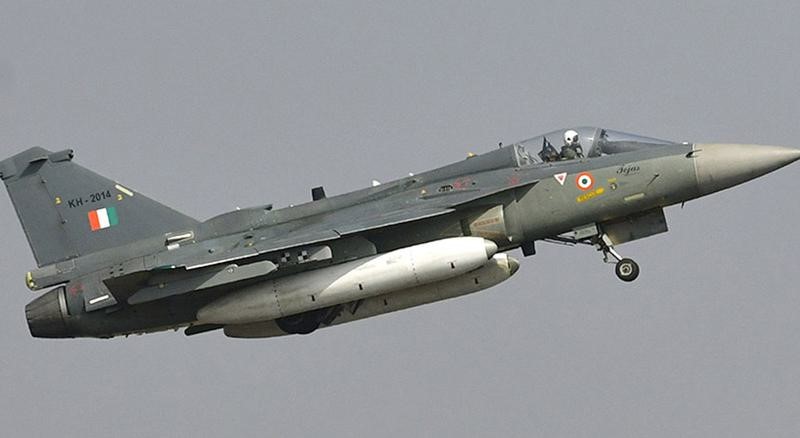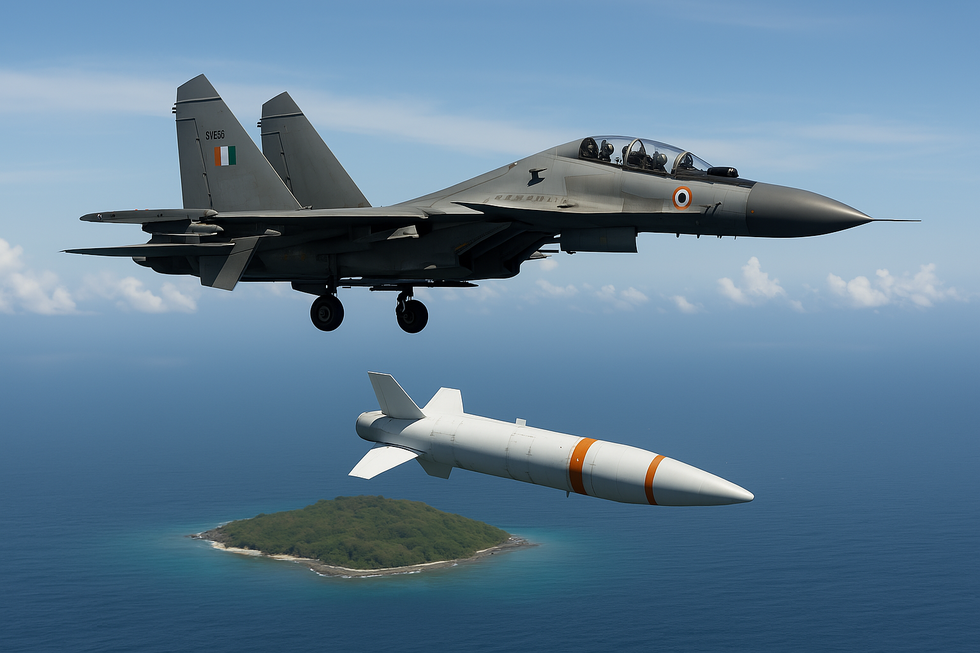Description

Disclaimer: Copyright infringement not intended.
Context
Defence Acquisition Council, chaired by Defence Minister Rajnath Singh, gives initial approval for acquisition of the indigenously developed aircraft for armed forces; 98% of total procurement to be sourced from domestic industries.
Details
Key Highlights of the Defence Acquisition Projects
- Approved Projects:
- Tejas Aircraft: Initial approval granted for the procurement of 97 Tejas light combat aircraft.
- Prachand Helicopters: Approval for the acquisition of 156 Prachand combat helicopters.
- Focus on Self-Reliance:
- Emphasizing self-reliance, 98% of the total procurement is set to be sourced from domestic industries, aligning with the goal of achieving 'aatmanirbharta' (self-reliance) in defence manufacturing.
- Combat Fleet Upgrades:
- Indian Air Force's proposal to upgrade its Su-30 fighter fleet by Hindustan Aeronautics Ltd. (HAL) received approval.
- Anti-Tank Munitions:
- Approval for the procurement of two types of anti-tank munitions: Area Denial Munition (ADM) Type-2 and -3.
- Naval Assets Enhancement:
- Acquisition and integration approval for automatic target tracker (ATT) and digital basaltic computer (DBC) for T-90 tanks.
- Procurement approval for medium-range anti-ship missiles (MRAShM) for the Navy, serving as a primary offensive weapon for Indian naval ships.

Significance
- Enhanced Combat Capabilities: The acquisition projects aim to significantly augment India's combat capabilities, modernizing its defence assets and fostering indigenous defence manufacturing.
- Strategic Defence Enhancement: The move aligns with India's efforts to bolster its defence infrastructure amidst ongoing military stand-offs, emphasizing the importance of self-reliance and indigenous defence production capabilities.
About DAC
Role and Functions:
- Decision-Making Body: The DAC holds the highest authority in the Ministry of Defence for approving and guiding the acquisition of new defense equipment, technologies, and systems for the armed forces.
- Capital Acquisitions: It is responsible for approving procurement proposals, including the acquisition of defense platforms, weapons, technology upgrades, and major defense systems.
- Policy Formulation: The council is involved in formulating defense acquisition policies, strategies, and frameworks aimed at enhancing India's defense capabilities and modernizing its armed forces.
Composition:
- Chairmanship: The Minister of Defence chairs the Defense Acquisition Council, leading discussions, deliberations, and decision-making processes related to defense acquisitions and policies.
- Membership: The council comprises senior officials from the Ministry of Defence, the Armed Forces, and other stakeholders involved in defense acquisition and policymaking.
.jpg)
History:
- Formation: The DAC was established in 2001 following recommendations from the Group of Ministers after the Kargil War in 1999. These recommendations aimed at reforming the national security system, enhancing defense preparedness, and streamlining defense acquisitions.
- Post-Kargil Reforms: The formation of the DAC was part of the post-Kargil reforms to revamp and strengthen India's defense apparatus, particularly in the context of defense acquisitions and decision-making processes.
MUST READ ARTICLES:
https://www.iasgyan.in/daily-current-affairs/prachanda-helicopters
https://www.iasgyan.in/daily-current-affairs/lch-14
https://www.iasgyan.in/daily-current-affairs/light-combat-aircraft-lca-mk1
|
PRACTICE QUESTION
Q. Discuss the significance of the recent defence acquisition projects approved by the Defence Acquisition Council (DAC) and their implications on India's defence capabilities. Evaluate the strategic importance of indigenous defence manufacturing and its role in enhancing national security in the context of military modernization initiatives.. (250 Words)
|
















